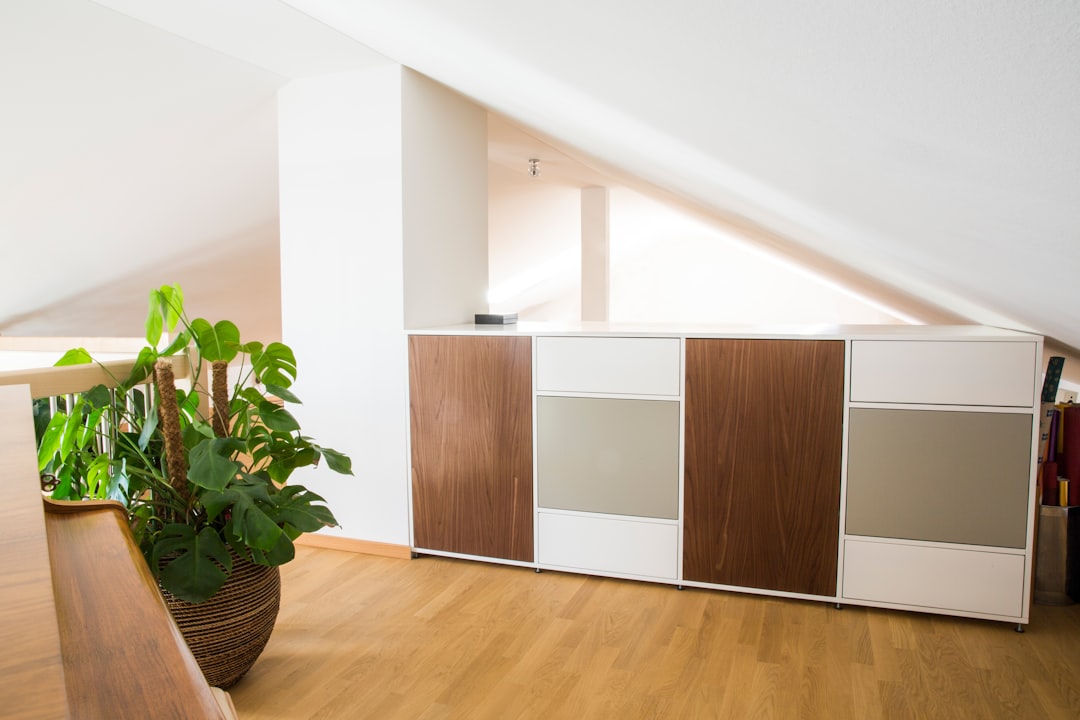With more and more people working from home, creating a functional home office space has become essential. Whether you have a dedicated room for an office or are making do with a corner of your living room, having a well-organized and ergonomic workspace can significantly improve your productivity and overall well-being. In this blog post, we will discuss some key tips on how to create a functional home office space that works for you.
1. Choose the right location:
The first step in creating a functional home office space is choosing the right location. Ideally, your home office should be in a quiet and well-lit area of your home. It should be away from distractions such as a TV or high-traffic areas. If possible, try to set up your home office in a room with a door that you can close to create a sense of separation between your work and personal life.
2. Invest in quality furniture:
Your home office furniture plays a crucial role in creating a functional workspace. Invest in a comfortable chair that provides good back support and a desk that is the right height for your needs. Make sure your desk has enough surface area for your computer, monitor, keyboard, and any other tools or supplies you use regularly. Consider adding storage solutions such as shelves or cabinets to keep your workspace organized and clutter-free.
3. Create a personalized workspace:
Make your home office space your own by adding personal touches that inspire you. Hang artwork or photos that you love, add plants or other decor that brings you joy, and choose colors that make you feel calm and focused. A personalized workspace can help boost your mood and creativity, making you more productive throughout the day.
4. Consider ergonomic design:
Ergonomics is essential when setting up a home office space to prevent strain and injury. Position your computer monitor at eye level, use a keyboard tray to keep your wrists in a neutral position, and adjust your chair to support your lower back. Consider incorporating a standing desk or a balance ball chair to vary your posture throughout the day and reduce the risk of repetitive strain injuries.
5. Organize your workspace:
To create a functional home office space, organization is key. Keep your desk clutter-free by using storage solutions such as file folders, trays, or bins to corral paperwork and supplies. Use cable clips or Velcro straps to organize cords and keep them out of the way. Implement a filing system to keep important documents easily accessible and maintain a clean and tidy workspace.
6. Good lighting:
Proper lighting is essential when setting up a home office space. Choose a location with natural light if possible and supplement with task lighting such as a desk lamp or overhead lighting. Position your monitor to avoid glare and consider adding a daylight bulb to mimic natural light and reduce eye strain. Good lighting can help improve focus and productivity, as well as reduce headaches and eye fatigue.
7. Minimize distractions:
In a home office setting, distractions can be plentiful. To create a functional workspace, minimize distractions by keeping your workspace separate from high-traffic areas, setting boundaries with family members or roommates, and using noise-canceling headphones or a white noise machine if needed. Establish a routine that works for you and helps you maintain focus throughout the day.
8. Incorporate productivity tools:
To boost productivity in your home office space, consider incorporating productivity tools such as a calendar or planner, task management software, or a timer to help you stay on track and meet deadlines. Use a corkboard or whiteboard to keep track of important tasks or ideas and set goals to motivate yourself and stay organized.
In conclusion, creating a functional home office space is essential for optimizing productivity and well-being when working from home. By choosing the right location, investing in quality furniture, creating a personalized workspace, considering ergonomic design, organizing your workspace, incorporating good lighting, minimizing distractions, and incorporating productivity tools, you can create a workspace that works for you. With a few simple tweaks and thoughtful planning, you can transform your home office space into a productive and inspiring environment that helps you succeed in your work.











